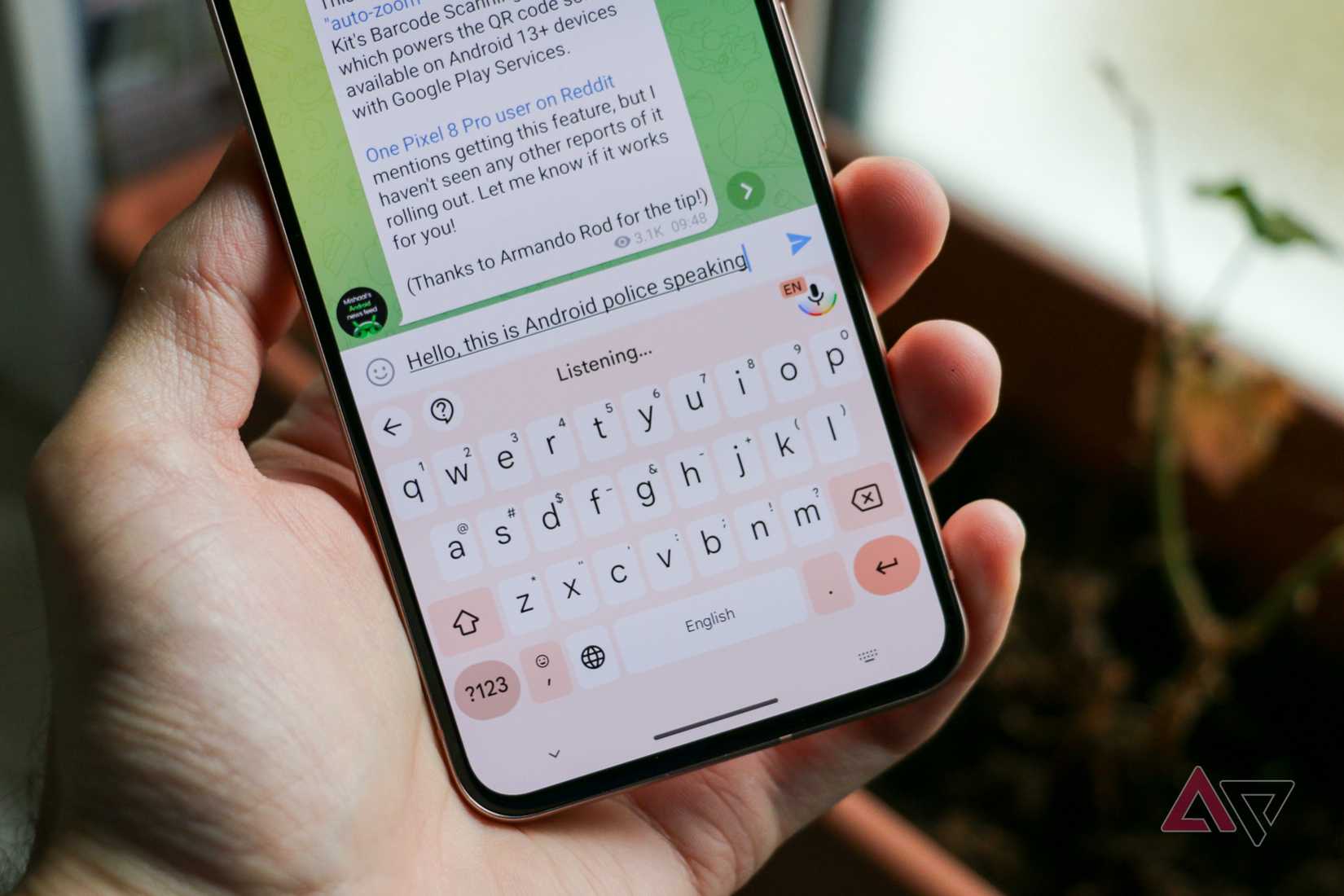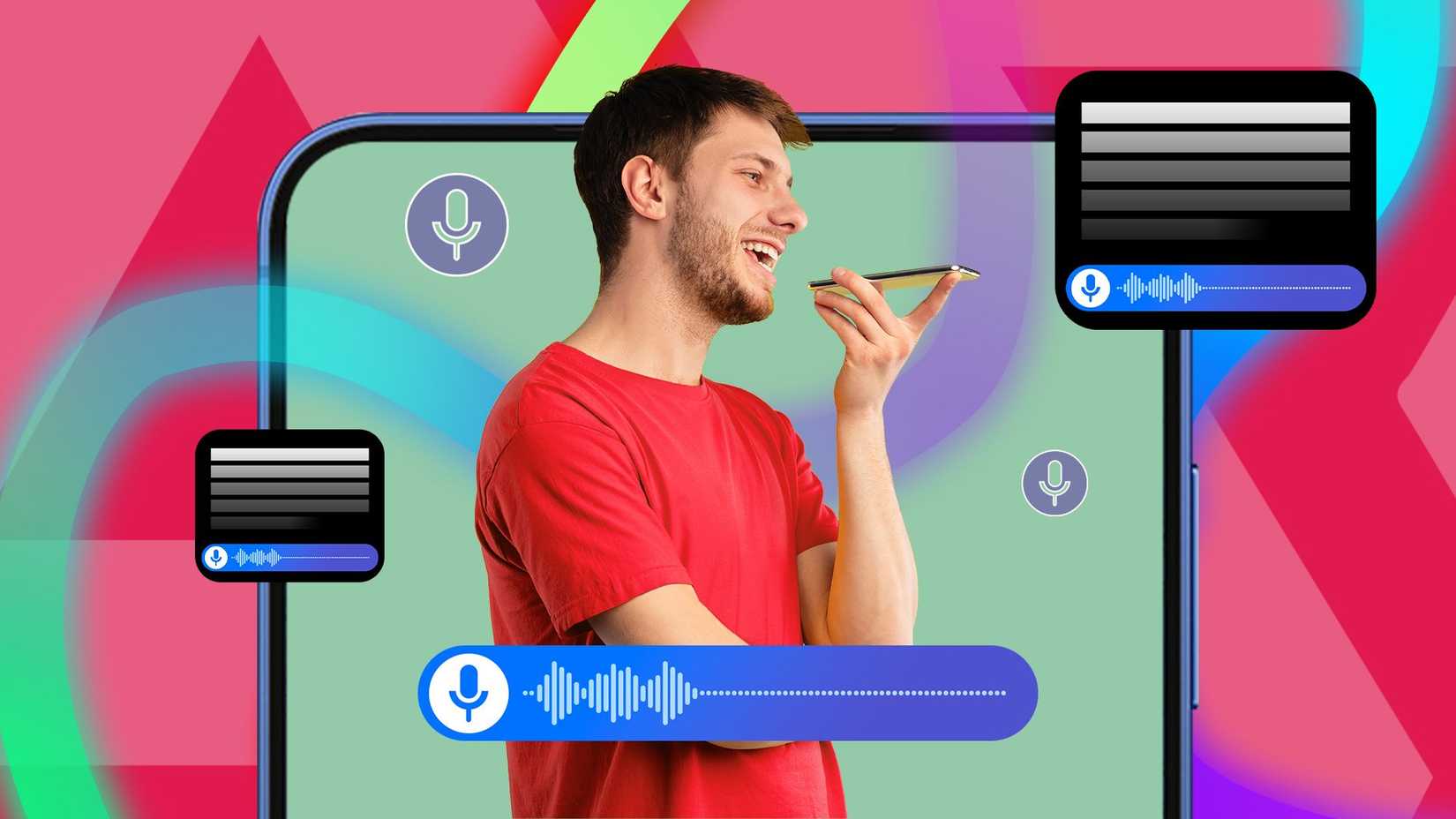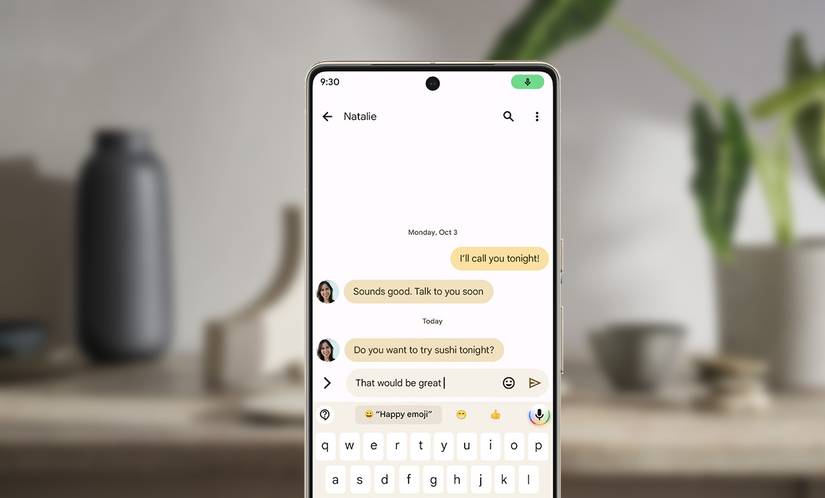I was carrying something when I received a Slack notification from my boss. I tried to reply while walking, but the message was a garbled mix of typos.
Frustrated, I stopped on the sidewalk, defeated by a task that should have taken 30 seconds. Then, I noticed the microphone icon. I had ignored it for years.
I used Gboard and considered voice typing a gimmick. I associated it with useless transcription errors and had low expectations. However, with full hands and no patience, I decided to use it.
I spoke my reply and watched the words appear on-screen, perfectly transcribed. This discovery changed how I used my phone. The feature I had dismissed became my primary productivity tool.
Talking is three times faster than typing, and here’s proof
Smartphone voice typing, or speech-to-text, is a feature so common that it has become invisible. Nearly all modern smartphones have this feature, yet it remains an underused tool in consumer technology.
My initial surprise quickly gave way to a full-blown obsession. I started using voice typing for everything because it’s just ridiculously faster than typing.
The average person speaks at a clip of around 150 to 160 words per minute (WPM). Now, compare that to your thumbs. The average typing speed on a mobile phone is 38 WPM.
Another Stanford study found speech recognition on a smartphone is 3.0 times faster than typing in English. It measured speech input at an average of 161 WPM, while keyboard input averaged 53 WPM.
It means an email that would have taken you 10 minutes to thumb out can be dictated and done in about three minutes.
Voice typing is more accurate than you think
A common concern with voice typing is its accuracy. Older voice recognition systems were unreliable, requiring slow, deliberate speech, yet still producing errors.
That skepticism, however, is based on outdated technology. Modern voice typing technology is fundamentally different.
It uses artificial intelligence, with deep learning models trained on billions of cloud-based voice samples. Neural networks, based on architectures like Transformers, understand context, grammar, and nuance.
The same Stanford study that found it to be three times faster also found that the error rate for speech was 20.4% lower than for typing.
The ghost of past failures has created a powerful myth, but the data is clear. Your voice is now a more precise input tool than your thumbs.
The surprising places voice typing saves time and stress
Voice typing is an effective tool for clarifying thoughts, as speaking often allows ideas to flow more freely than typing. I find it useful for journaling and brainstorming.
Afterward, AI-powered apps can summarize my expressions into structured notes. This same benefit extends to crafting detailed prompts for AI chatbots like Gemini and ChatGPT.
Typing a long, context-rich prompt on a phone is tiring. Speaking is much more efficient than typing on a phone, generating more relevant responses.
One underrated perk of voice typing is its ability to tackle spelling challenges. Words that might trip you up on a keyboard are effortless to pronounce, and your phone can spell them correctly.
Tips and tricks to get the most from voice typing
Are you ready to switch to voice typing? Here are a few tips to make the transition easier.
The most important skill is learning to speak your punctuation. It feels awkward at first, but it quickly becomes second nature. The basic commands work on Android and iOS:
- “Period”
- “Comma”
- “Question mark”
- “Exclamation point”
- “New line” (for a single line break)
- “New paragraph” (for a double line break)
Do not attempt to dictate perfect text on the first attempt. An effective workflow dictates the initial draft and then uses the keyboard to correct minor errors. Apps like Grammarly make this process easier.
Remember, background noise can throw off even the smartest AI. Accuracy drops if you’re in a busy street, café, or windy spot. Dictate in a quiet space or use headphones or earbuds with a built-in mic for best results.
Finally, voice typing struggles with uncommon names. Many keyboard apps let you add custom words to your dictionary. This helps you avoid repeatedly correcting the same mistake.
Ready to rest your thumbs?
I initially used voice dictation only out of necessity. Now, it is my primary method. If you’re still skeptical, I get it.
However, the AI you’re using for this feature has quietly become so good that it deserves a second chance. Even the voice-typing UI has made some decent progress.
Give your thumbs a rest. For one day, the next time you have to write anything longer than a single sentence on your phone, tap the microphone instead of the keyboard.





